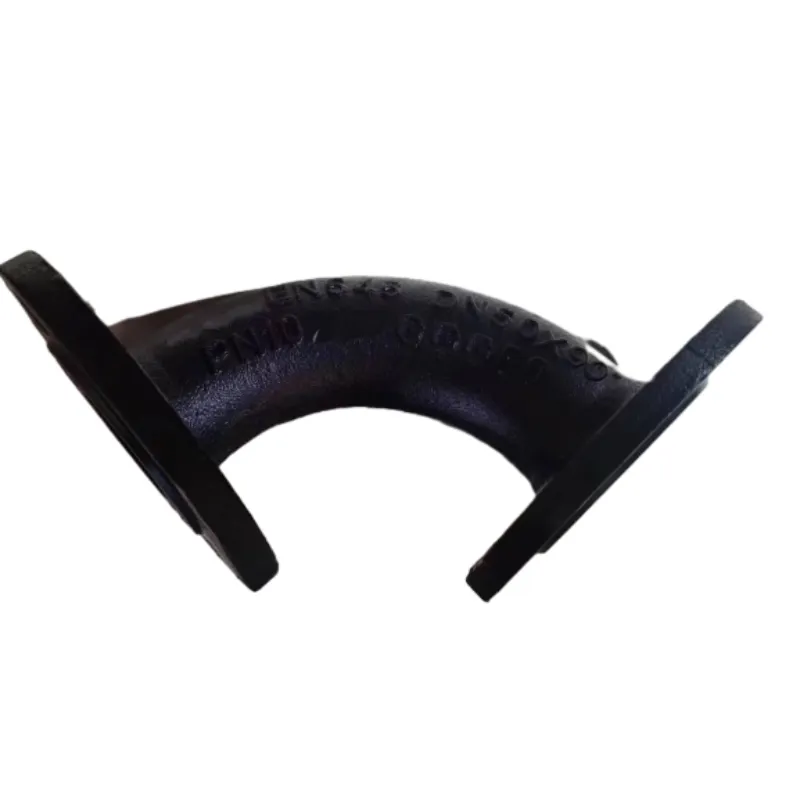butterfly valve flow
Understanding Butterfly Valve Flow An Overview
Butterfly valves play a critical role in various fluid control applications across multiple industries, including water treatment, oil and gas, food and beverage, and HVAC systems. Their design, ease of operation, and ability to handle a wide range of flow rates make them a popular choice for controlling the flow of liquids and gases. This article delves into the mechanics of butterfly valves, factors affecting flow, their advantages, and applications.
The Mechanics of Butterfly Valves
A butterfly valve consists of a circular disc or blade that rotates around a central axis. This rotation allows for quick opening and closing of the valve, facilitating efficient flow control. When the valve is opened, the disc is aligned parallel to the flow direction, minimizing resistance and allowing maximum flow. Conversely, when the valve is closed, the disc rotates perpendicular to the flow, effectively blocking it.
The simplicity of the butterfly valve construction lends itself to a range of sizes, from small valves used in household applications to large valves utilized in industrial settings. The materials used also vary; common materials include cast iron, stainless steel, and plastic, chosen based on the application's requirements.
Factors Affecting Butterfly Valve Flow
1. Disc Position and Type The position of the butterfly valve disc significantly influences flow characteristics. A fully open disc allows maximum flow, while partially open positions can create turbulence and pressure drops. Different types of discs, like the tri-lobe or double-eccentric, are designed to enhance flow performance and reduce cavitation.
2. Valve Size The diameter of the valve compared to the pipeline size affects the flow rate. A mismatched size may lead to inefficiencies and increased energy costs. Proper sizing is essential to achieving optimal flow while maintaining system integrity.
3. Flow Media The type of fluid passing through the valve—be it fluid viscosity, density, or particulate matter—can alter the flow characteristics. For instance, viscous fluids may require larger valves to allow adequate flow rates without causing excessive pressure drops.
4. Pressure and Temperature The operating environment can greatly influence flow. High temperatures may affect the material properties of the valve, while increased pressure can change flow behavior, potentially leading to issues like leakage or valve failure.
butterfly valve flow

5. Installation Orientation Although butterfly valves are versatile, their orientation (horizontal or vertical) can impact flow dynamics. For instance, vertical installations may experience different fluid dynamics compared to horizontal installations, altering performance.
Advantages of Butterfly Valves
Butterfly valves offer a multitude of advantages that contribute to their widespread use
- Compact Design Their smaller footprint compared to other valve types allows for easy installation in tight spaces. - Fast Operation Butterfly valves can be opened or closed rapidly, making them ideal for quick flow control. - Cost-Effectiveness They are generally more affordable than other valve types, making them a cost-effective solution for fluid control. - Low Maintenance The simple design translates to reduced maintenance needs, which is advantageous for continuous operation industries.
Applications of Butterfly Valves
Butterfly valves find applications in several sectors
- Water Treatment Used in municipal water supply systems for flow regulation. - Oil and Gas Integral in controlling and isolating flow in pipelines. - Food and Beverage Essential for maintaining hygiene in processing and pumping systems. - HVAC Systems Regulating airflow within heating, ventilation, and air conditioning systems.
Conclusion
In summary, butterfly valves are a versatile choice for controlling fluid flow in various industrial applications. Understanding the factors that influence butterfly valve flow can lead to improved performance, enhanced efficiency, and reduced operational costs. As technology evolves and industries strive for better efficiency, the relevance of butterfly valves is likely to persist, adapting to meet the dynamic needs of fluid control systems. Whether in large-scale industrial applications or household plumbing, the butterfly valve remains a key player in flow management.
-
The Smarter Choice for Pedestrian AreasNewsJun.30,2025
-
The Gold Standard in Round Drain CoversNewsJun.30,2025
-
The Gold Standard in Manhole Cover SystemsNewsJun.30,2025
-
Superior Drainage Solutions with Premium Gully GratesNewsJun.30,2025
-
Superior Drainage Solutions for Global InfrastructureNewsJun.30,2025
-
Square Manhole Solutions for Modern InfrastructureNewsJun.30,2025
-
Premium Manhole Covers for Modern InfrastructureNewsJun.30,2025
